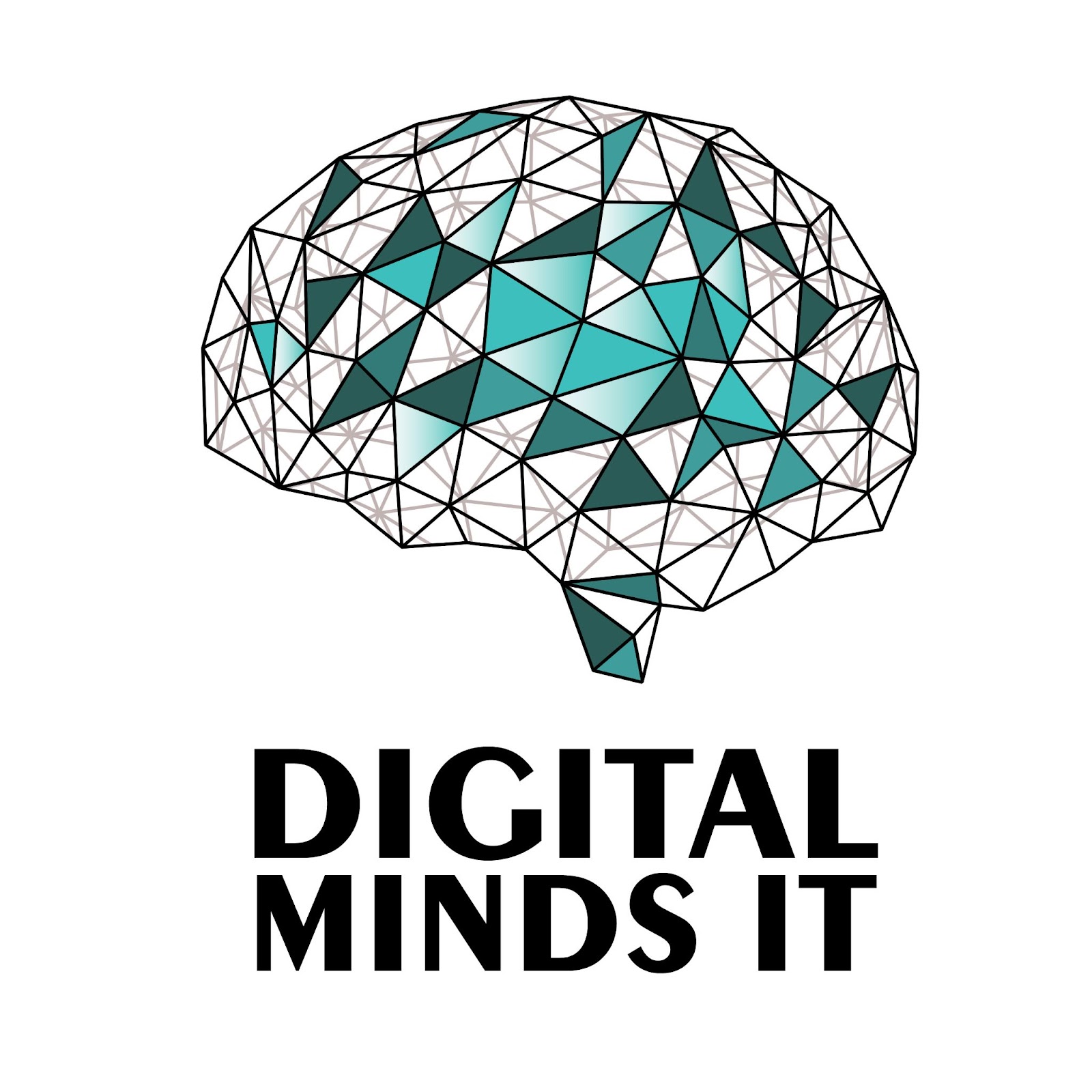Introduction:
The rate at which new software is being released and the frequency of digital landscape changes are increasing at rates that have never been seen before. This not only ushers in an exciting new age of fast invention but also ushers in difficulties relating to the quality of software as well as its security and stability. The answer is to automate the process of modification and release governance by using metrics and the capabilities of artificial intelligence (AI) and machine learning (ML), respectively. This will allow for more efficiency. This combination not only ensures that our software rollouts will be quick, but it also guarantees that they will be of the greatest possible quality.
1. The Imperative Need for Automation in Governance
The old governance models, which are highly dependent on manual inspections and supervision, are having a difficult time keeping up with the speed of the modern DevOps cycles. Despite the fact that human interaction is required and often essential, it does not always succeed in capturing the detailed data points that have the potential to trigger post-release disturbances.
2. Metrics: The Backbone of Effective Automation
In the world of software, numbers tend to carry more weight than words do. Metrics provide a transparent and quantifiable view of each step of the software development life cycle, beginning with the first code change and continuing all the way through to the final deployment.
Continuous Monitoring: We are able to guarantee an ever-vigilant system by gathering metrics in real-time. This allows us to identify any deviations or abnormalities as soon as they are discovered.
Performance Metrics in Action: It is very important to collect post-release application performance information. They provide insights about how changes influence the user experience as well as the stability of the system in real-world circumstances.
3. How AI/ML are Revolutionizing Release Governance
Predictive Analysis at its Best: As a result of its capacity to sift through previous data, machine learning has the ability to foresee probable problems that may arise in an upcoming release. This foresight entails proactively addressing concerns before they materialize into serious difficulties.
Anomaly Detection Redefined: AI techniques can identify even the most inconspicuous abnormalities in code modifications or infrastructure improvements, bringing them to the forefront of attention so that they may be reviewed in advance of any release.
Efficient and Targeted Testing: Testing That Is Both Efficient and Targeted Artificial intelligence and machine learning techniques may be used to fine-tune the testing process, putting more emphasis on tests that are most relevant to the current set of code changes. This helps to ensure that thorough coverage is achieved without wasting any work.
4. The Perks of Embracing AI/ML-Driven Governance Automation
Peak Efficiency: Automation, which is fuelled by AI and ML, promises to perform rapid and consistent reviews of code changes, which will translate to more frequent and less bumpy releases.
Unparalleled Reliability: The predictive brilliance of AI and ML dramatically reduces the likelihood of post-release glitches, which helps to ensure that software is reliable right from the start.
Scalability like Never Before: Given their innate potential to handle big datasets, AI/ML models are particularly effective at managing large projects with extensive governance requirements. This is due to the fact that these models can process enormous amounts of data.
5. Challenges and Caveats
The Data Quality Conundrum: The problem with the quality of the data is that AI and ML models are only as accurate as the data they are trained on. If you provide them data that isn't up to pace, it might result in inaccurate projections or missed dangers.
Striking the Right Balance: Although it may be tempting to rely entirely on automation, it is essential to keep in mind the incomparable importance of human judgment in all situations. Automate procedures while ensuring that a person is constantly involved in order to provide context and judgment.
Conclusion:
We are not only future-proofing our software development processes when we integrate metrics with AI and ML into the governance of software modifications and releases; rather, we are making a quantum leap forward. As we go forward into this dynamic future, the ability to produce outstanding software solutions on a constant basis will depend on our ability to successfully combine the accuracy of automation with the intuition of human skill.
Read more: Harnessing AI/ML in DevOps: A Deep Dive into Risk Identification and Mitigation





0 Comments